Destination Guide
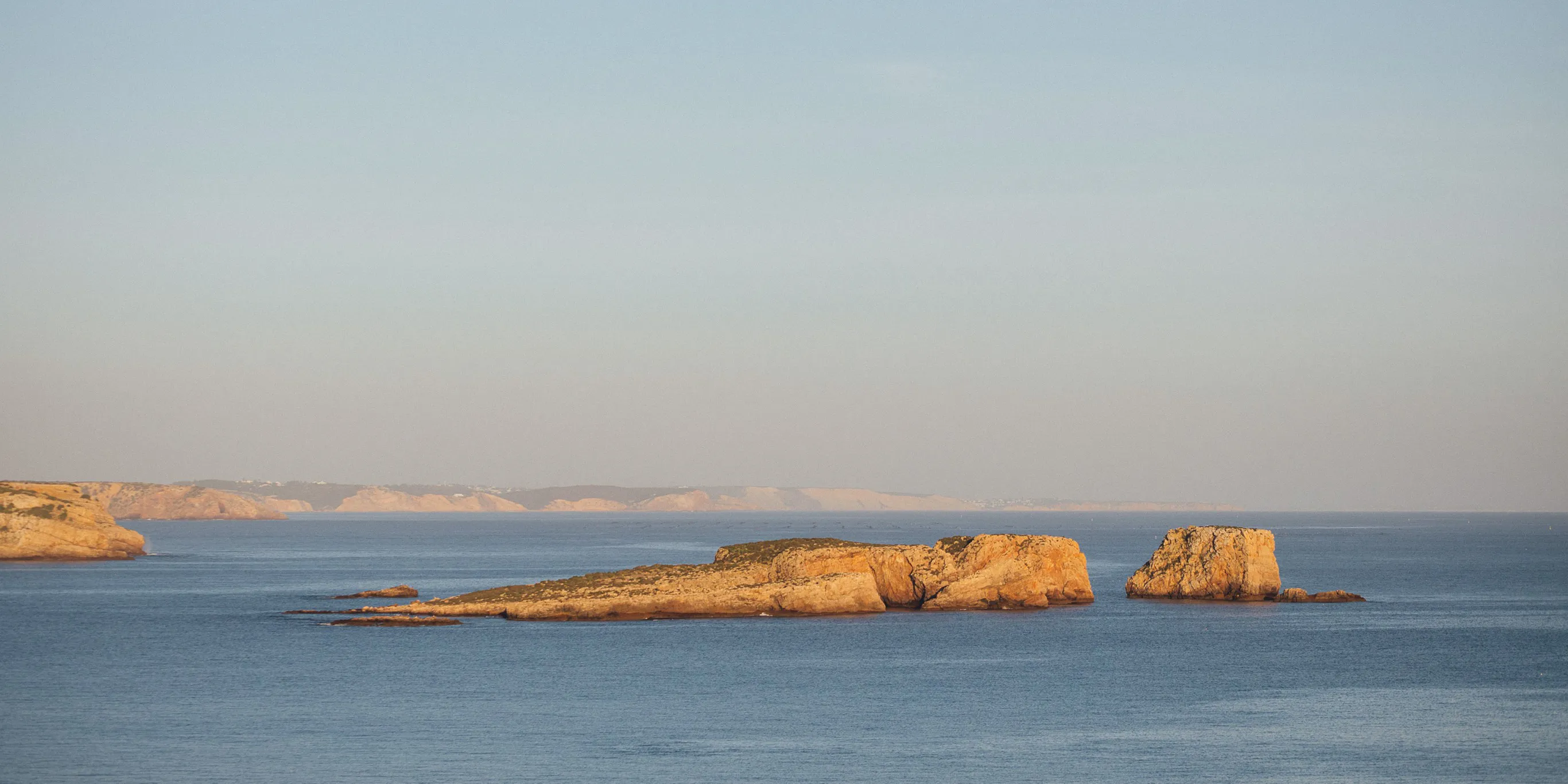
Follow along the ocean, and you’ll find sandy islands with a treasure trove of sea life, peaceful coves tucked next to sea cliffs, and dune-backed expanses facing some of the world’s most dramatic surfing spots. It’s a great place for a slow, take-your-time kind of family road trip, not least because the Portuguese are a very children-friendly lot, and the food is absolutely delicious.
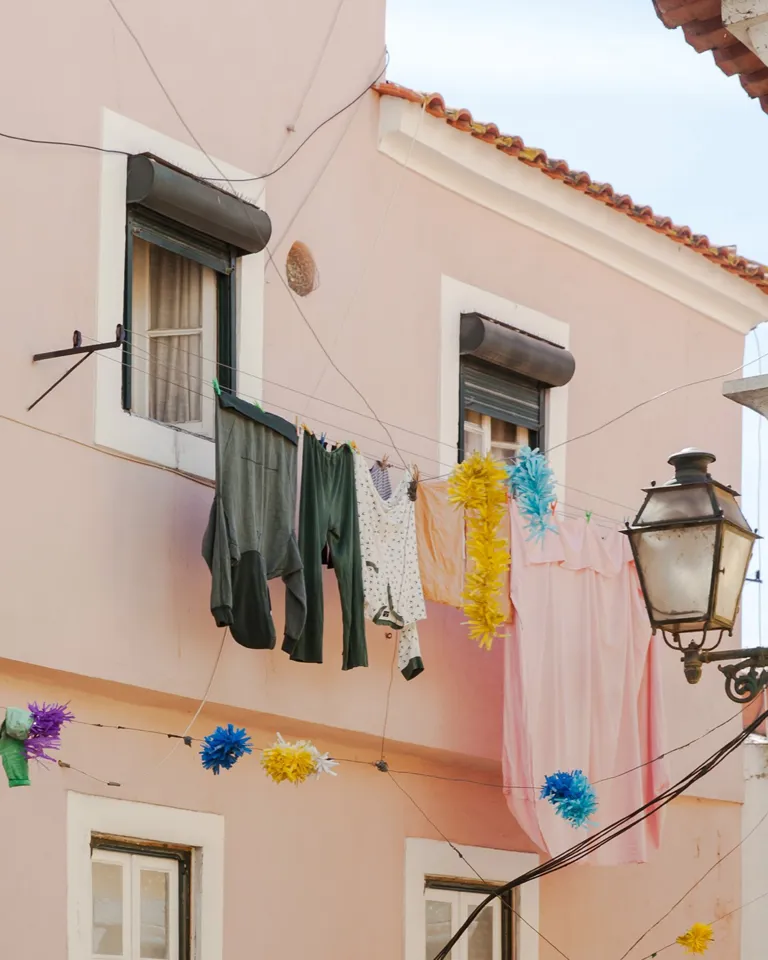
Light show Even the colorful facades reflect the special light in Portugal

The Mediterranean maquis A shrub-like foliage common on the coast
A long barrier island just off the country’s southern coast, Tavira Island or Ilha de Tavira boasts golden sand strips that can be accessed at low tide while crabs go scurrying across the sand banks, mussels are ripe for picking, and all manner of seashells call the young and old to collect them. Part of the Ria Formosa National Park—one of the seven natural wonders of Portugal—the area is among the best in the Algarve for birdwatching, such as flamingos in the saltpans, seagulls, and long-legged birds. Do check out the cemetery of anchors on Praia do Barril (Barril Beach), which features more than 100 anchors used in the old tuna fishing frame between 1841 and 1967.
An hour’s drive from Tavira, Culatra Island Beach or Praia da Ilha da Culatra is a local secret, with its near-tropical white sandy beaches stretching in both directions and its low-lying beach communities. The deserted island lends itself well to any pirate fantasies you might want to play out with your kids. There’s also an excellent 3.5-kilometer hike along the beach or through the dunes between Culatra and Farol. To get to Culatra, catch the ferry at Faro Marina or Olhão Marina.
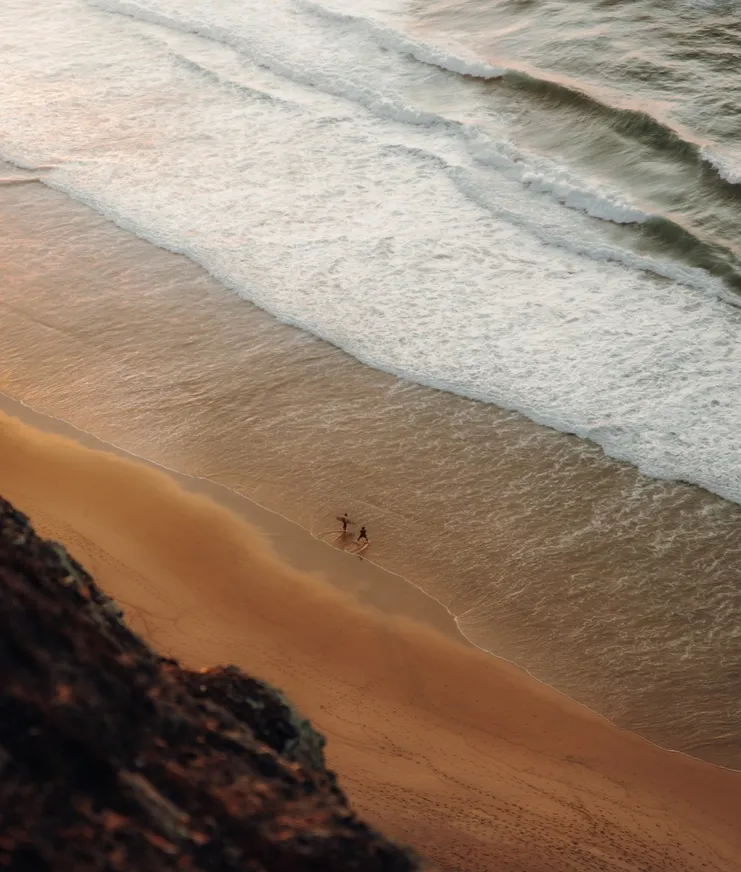
Algarve Reigns as one of Europe's great surfing playgrounds
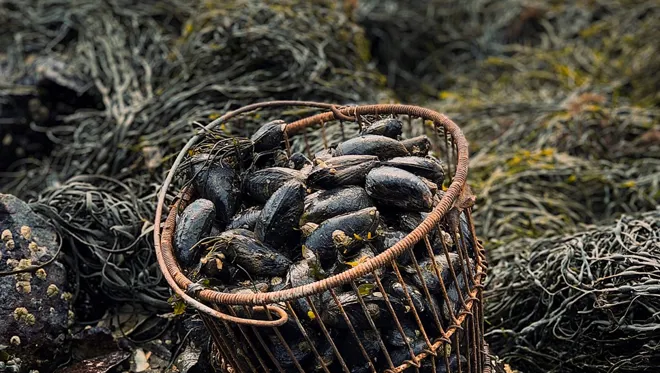
Fresh catch Every single day
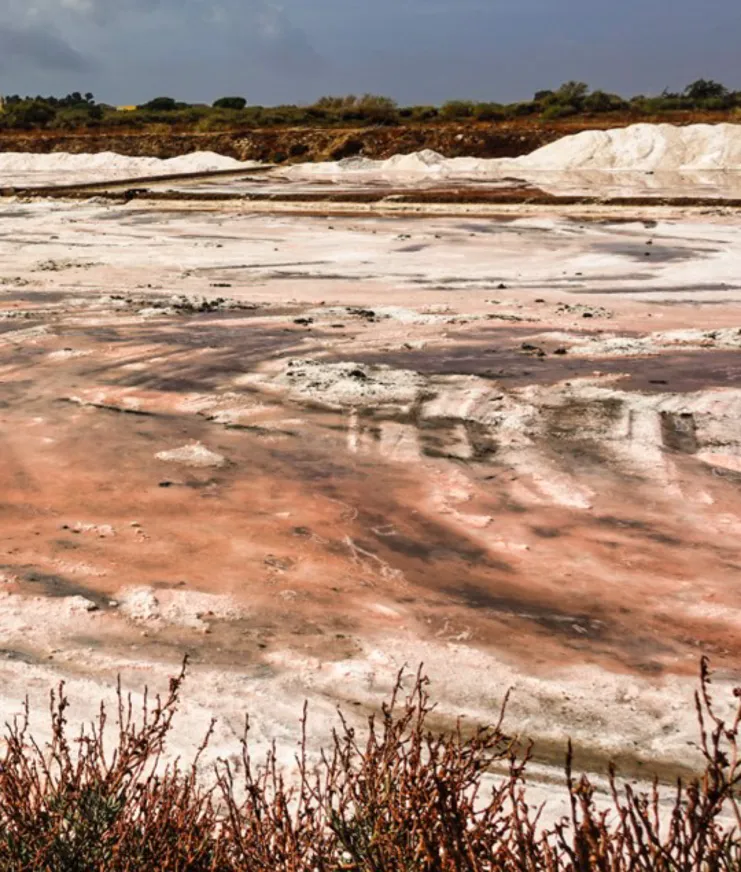
Ria Formosa National Park One of the seven natural wonders of Portugal
In the district of Lagoa, the Benagil Cave or Caves de Benagil deserves all its social media fame. Only accessible by boat, kayak, or paddleboard, this sea cave features a remarkable grotto with a hole in the ceiling known as “the eye,” which illuminates the golden sands and the roaring turquoise waters with sunlight and provides a glimpse of the blue sky above.
Just around the corner are the Arches of Marinha or Arco Natural, two giant limestone arches emerging from the Atlantic and surrounded by golden cliffs, lovely beaches, and that blue sky. Praia da Marinha (Marinha Beach) is picture-perfect on top and boasts clear waters for snorkeling and exploring a great variety of rock formations and the numerous surrounding caves.

Benagil Cave A remarkable grotto with a hole in the ceiling known as “the eye”
To truly feel at the edge of the world, or Europe at least, Sagres’ windswept barren landscape of towering cliffs and raging seas more than does the trick. For the adventurous, Sagres is a great place to pit yourself against the elements, be it surfing the turbulent seas, hiking cliffside trails, or cycling deserted roads. The town offers you a chance to sample the region’s renowned cuisine, excellent fresh seafood being the focus, of course, and visit various points of historical interest, such as Sagres Fortress, the world’s first nautical school, and Cape St. Vicente, topped by one of Europe’s largest lighthouses. For the surf curious, Memmo Baleeira has its own surf school where both you and the little ones can learn how to ride the waves.
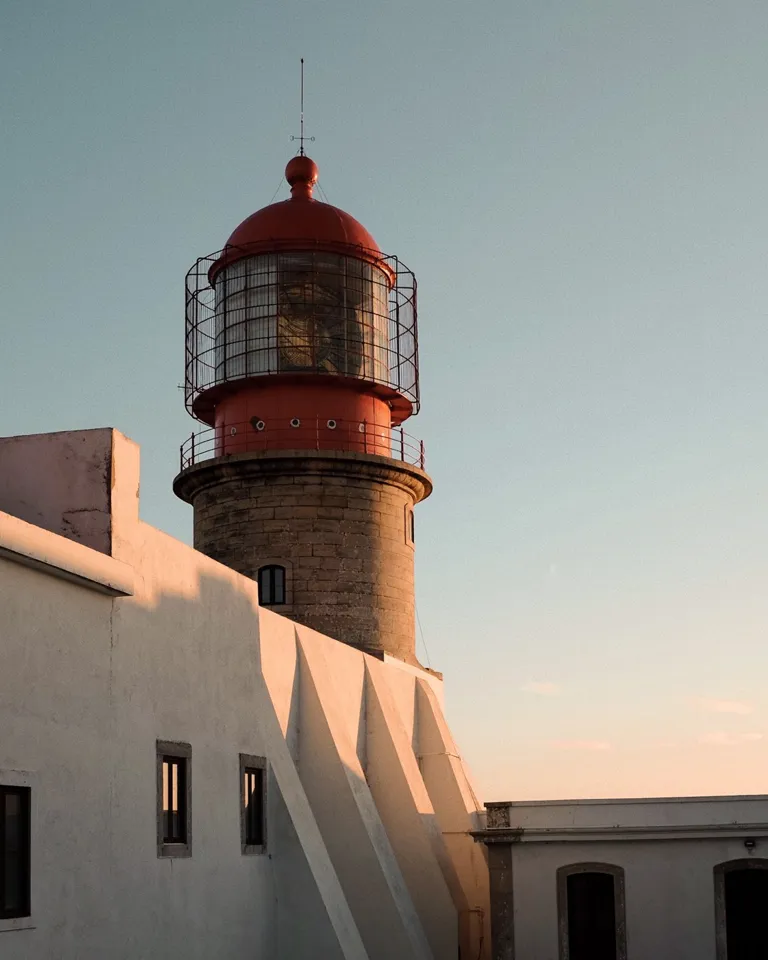
Cabo de São Vicente The most south-westerly point of mainland Europe
Rudyard Kipling From The Sea and the Hills
Listen
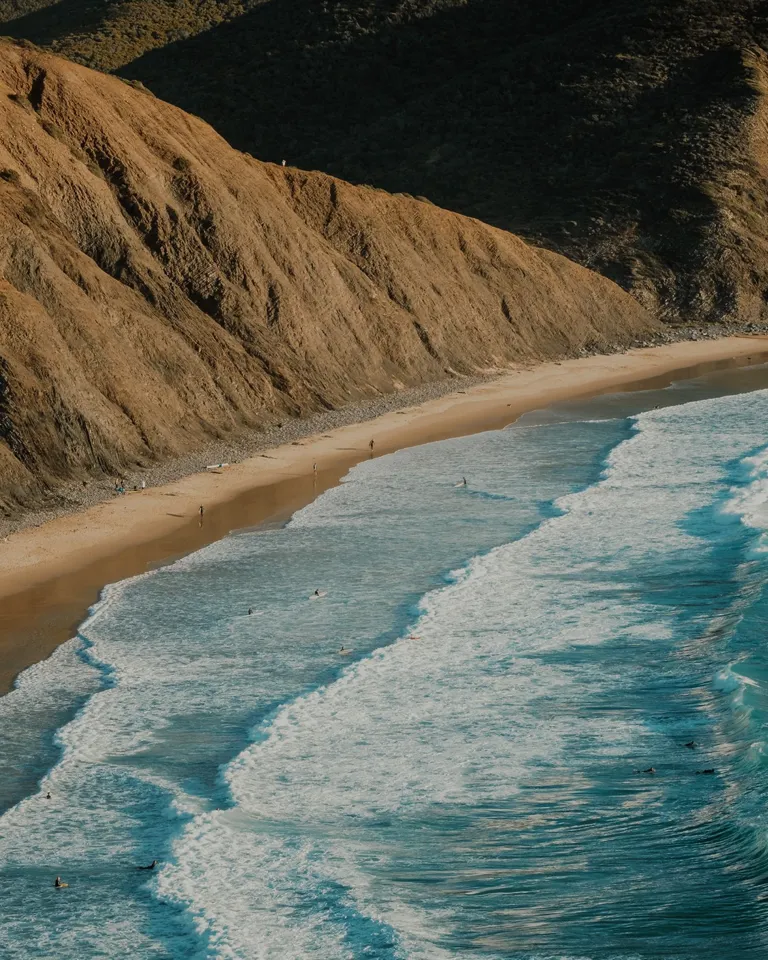
Sagres Known for its consistent waves


Terra Alta, in the bioregion of Sintra, is one of the most active permaculture projects in Europe. Terra Alta offers something for all, including design courses, apprenticeship, and volunteering.
Quinta Kania Farm is set on a four-hectare woodland in Coimbra with a vegetable and food forest garden and a focus on biodiversity and passive energy design. Choose from flexible courses or a tour.
Keela Yoga Farm has natural building and food forest and agroforestry permaculture courses along with yoga. Located in the center of Portugal near Fundao, the farm also has volunteer programs.
Halfway between Algarve and Lisbon lies the charming village of Vila Nova de Milfontes. This hidden gem, awash in pale-colored houses that border winding streets, sits at the mouth of the Mira River. Sheltered from strong currents and winds, the beaches of Vila Nova, such as Praia da Franquia and Praia das Furnas, are relatively calm and great for families. Further afield, the majestic coastline of Alentejo reveals itself slowly, each new beach uncovered behind a majestic cliff. Children over three years old can soak up some Portuguese in the morning in the kindergarten in Vila Nova’s center.
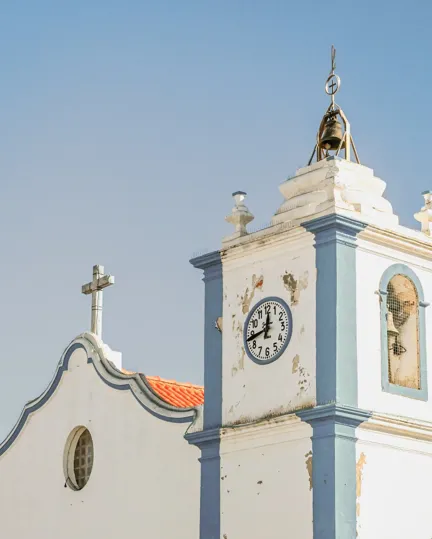
Vila Nova de Milfontes A typical Portuguese church in the village
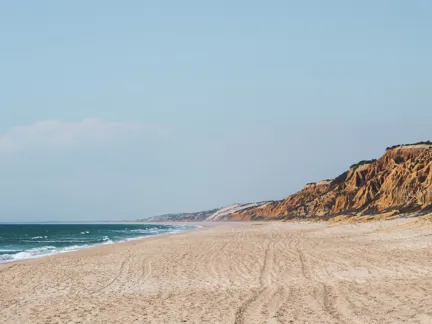
Alentejo coast Each new beach is uncovered behind a majestic cliff
Lisbon’s charming streets, colorful buildings, history, culture, art, wine, and food (at a fraction of the price of other popular cities like Paris or London) makes it an attractive destination not just for visitors but the young creatives who are flocking there. No wonder the metropolis is consistently in the top livable cities list each year, including Monocle’s 2022 survey.
The capital is one of the best European cities to see street art, with colorful murals, graffiti, and stunning tiled (azulejos) buildings livening up any strolls through historic districts, such as Alfama. The oldest area of Lisbon, Alfama is great place to spend an afternoon roaming the maze of cobblestone streets with breathtaking views. The area offers up wonderful surprises like traditional markets tucked away in small plazas and charming cafes in old buildings.
The neighborhood of Príncipe Real is a breath of tranquility from the bustle of the surrounding districts. It is also home to an unusual attraction. Hidden under a pond in the Jardim (park) do Príncipe Real, Reservatório da Patriarcal or Patriarcal Reservoir was an important part of the water supply for large parts of the city center from 1864 until the mid-20th century. Designed by the French engineer Louis-Charles Mary, the reservoir’s octagonal shape matches that of the pond above it and offers up many underground tunnels for adventurous walks with the little ones.

Pastel de nata Lisbon’s most iconic food
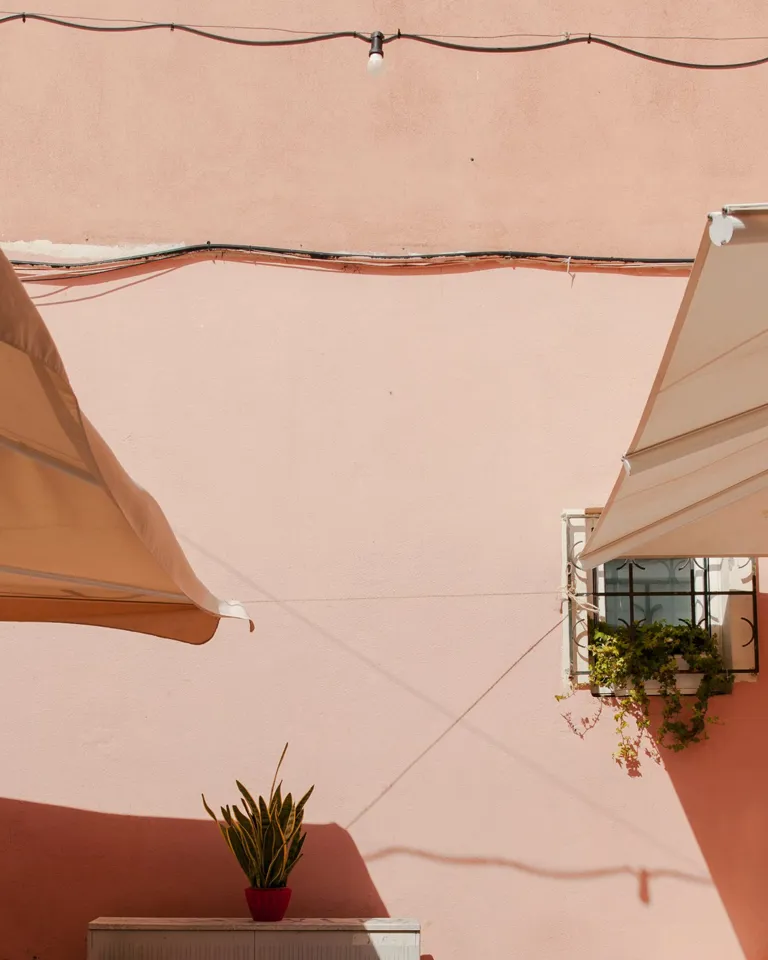
Lisbon’s charm Worn on its facades
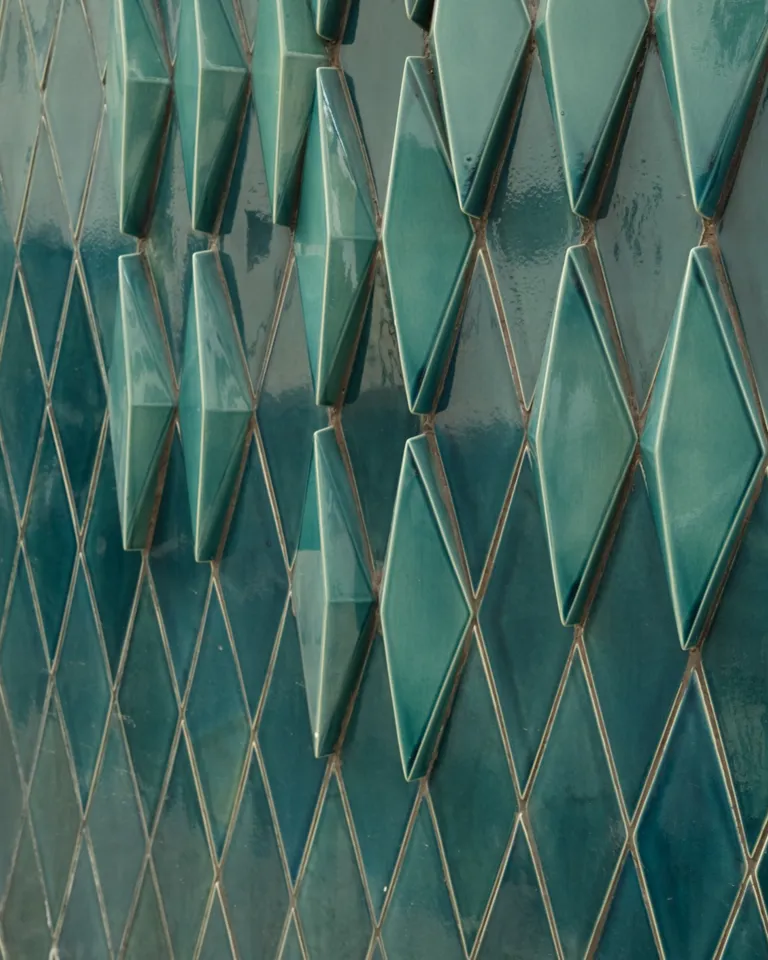
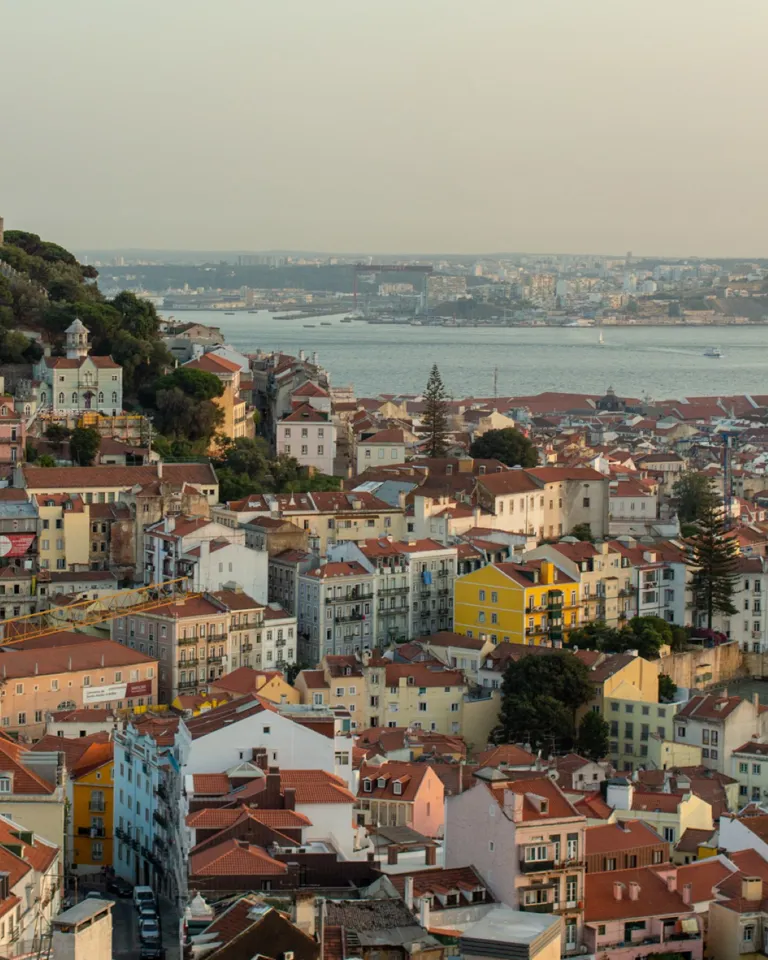
Cityscape Aerial view of Lisbon to the Tagus River
On the way to Porto, Sintra is a fairytale town of castles, palaces, and a delightful historic center. Near the center, Parque da Liberdade or Freedom Park is on a hilly terrain with over 60 species of trees that have been helpfully labeled. Explore the many small paths that in parts feel like a climbing course and in others bring you to fun places like the old sports park with its stone benches reminiscent of a Roman theater and the hockey field which is now the preserve of skaters.
Further north on the coast, Aveiro, rightly called the Portuguese Venice, is built on the edge of Ria de Aveiro, the country’s largest coastal lagoon. The city center is fringed by a small number of canals navigated by traditional moliceiro boats. These long vessels are painted in bright colors and have dramatically curved bows and sterns. The city has a verve and vibrancy to it thanks to its renowned university, wide central avenues, and several beach resorts nearby. Plus, the city has its own delicacies, from fresh seafood and samphire (a succulent from the parsley family) to the iconic ovos moles, shell-shaped pastries made of egg yolks and sugar.
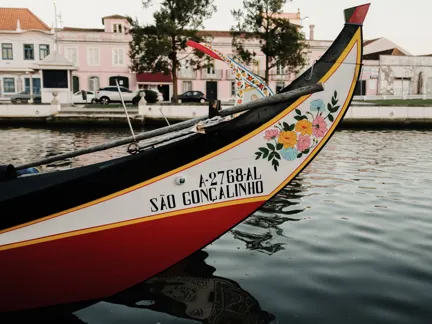
Traditional moliçeiro boats In Aveiro
Listen now

Azzelij The term azulejo comes from the Arabic word meaning “little polished stone” and was brought to the country by the invading Moors in the 13th century.
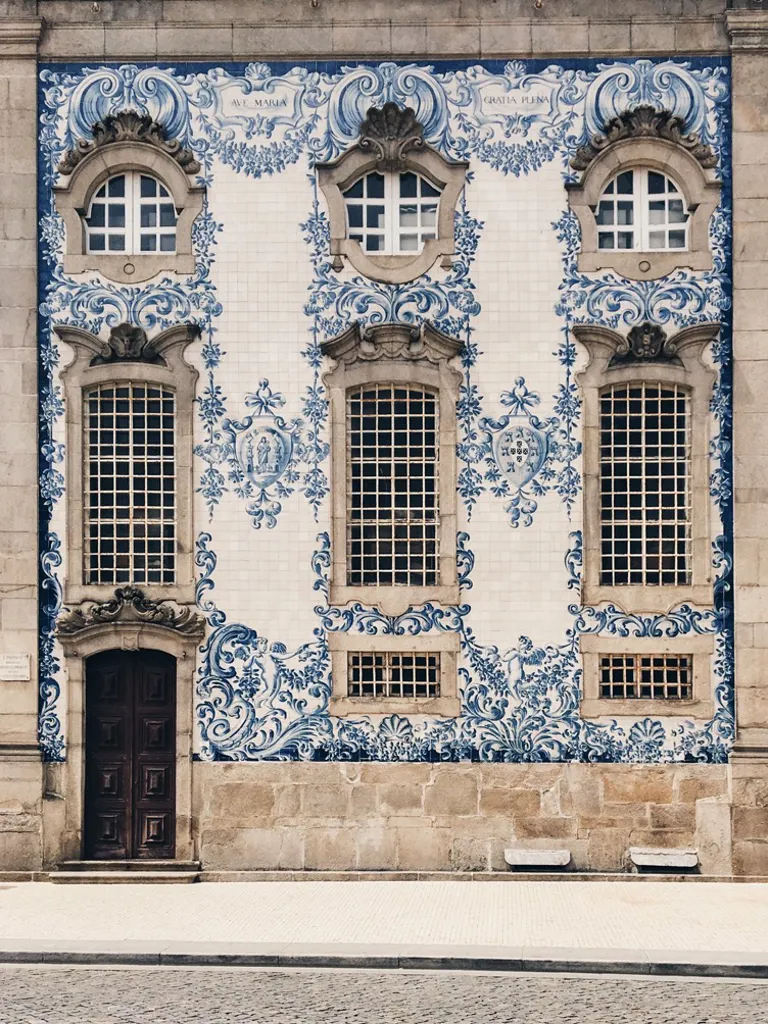
From the 17th-century Narrative scenes, often from mythology or the Bible, dominated the azulejo imagery, turning tiled spaces into visual storybooks of fishermen at sea, weapon-heavy wartime sieges, and even celebratory gatherings.
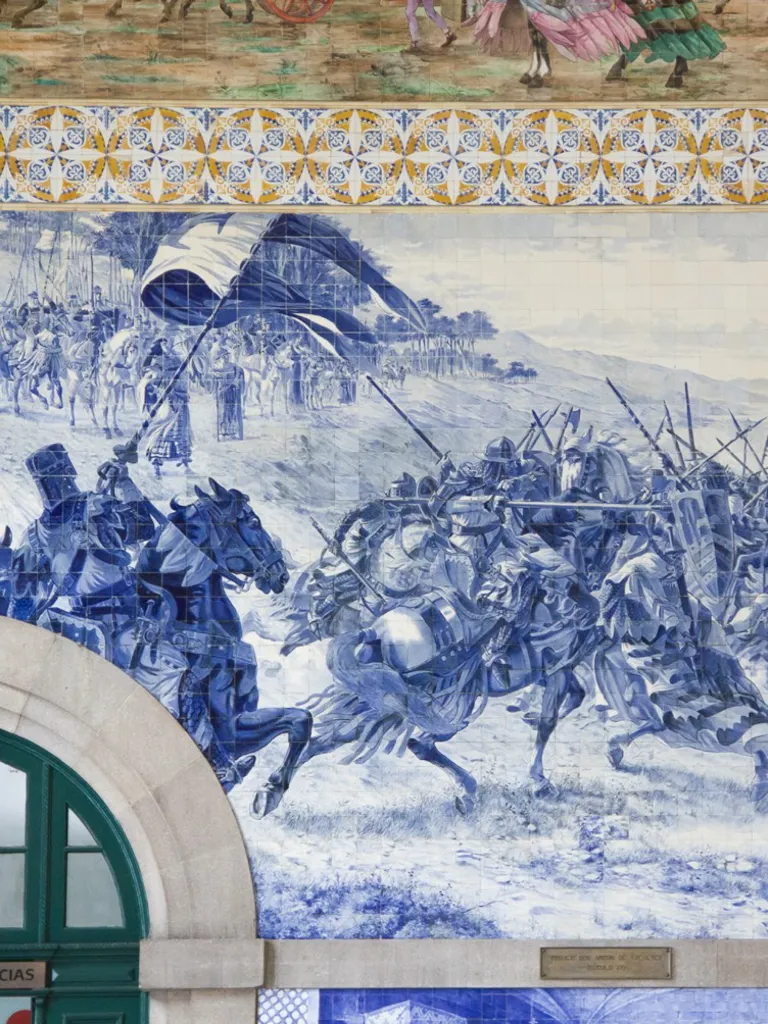
20,000 azulejo tiles Porto’s São Bento Railway Station is filled with murals depicting key moments of Portuguese history, all designed and painted by artist Jorge Colaço in the 1930s.
On the steep banks of Rio (river) Douro, Porto is full of kid-friendly sights and activities, from culture hubs and urban farms to riverboat rides and riverside cycle paths. The sprawling grounds of the Jardins do Palácio de Cristal, perched high above the river, entices with giddying city views. The crystal palace that gave the park its name no longer exists, but a domed sports pavilion now sits near the entrance like a giant UFO, with resident peacocks parading down the paths.
For a quick splash, head to the wide stretch of sand at Matosinhos at the mouth of the Douro before visiting Parque da Cidade, Portugal’s largest urban park with endless miles of walking and cycling trails. Six kilometers west of the city center, Serralves blends architecture, art, and outdoor spaces. The outdoor exhibits and herds of cows, horses, sheep, and donkeys is a hit with younger kids, while parents can marvel at the architecture of the museum, designed by famous Portuguese architect Álvaro Siza, with its mix of historical and contemporary exhibitions.
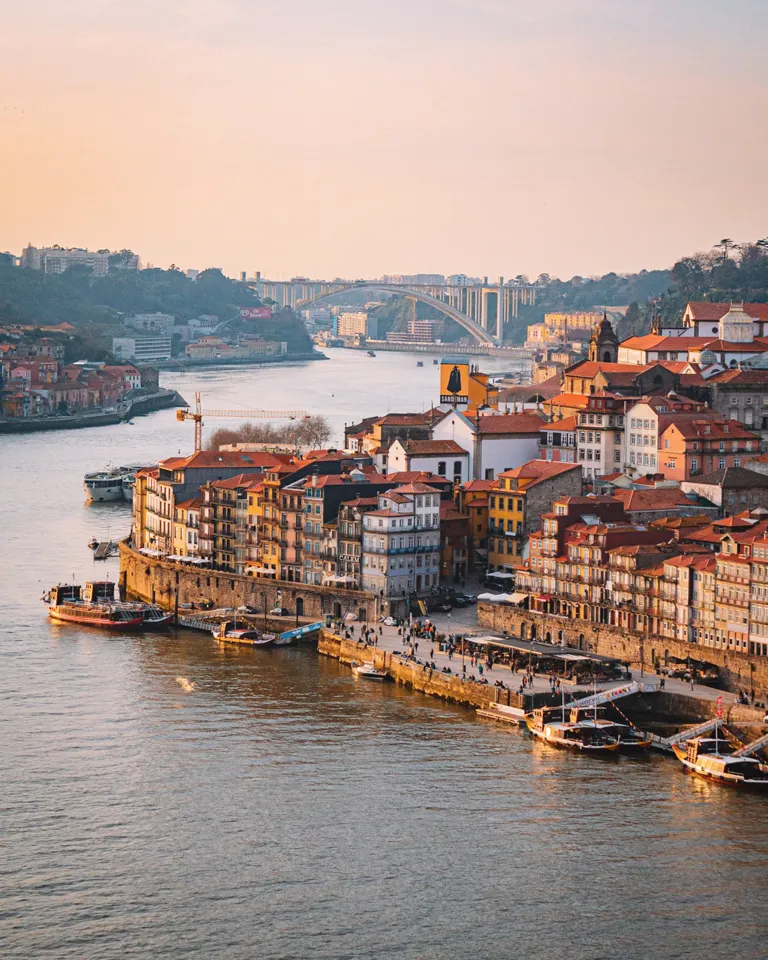
Porto Aerial view from the Douro River
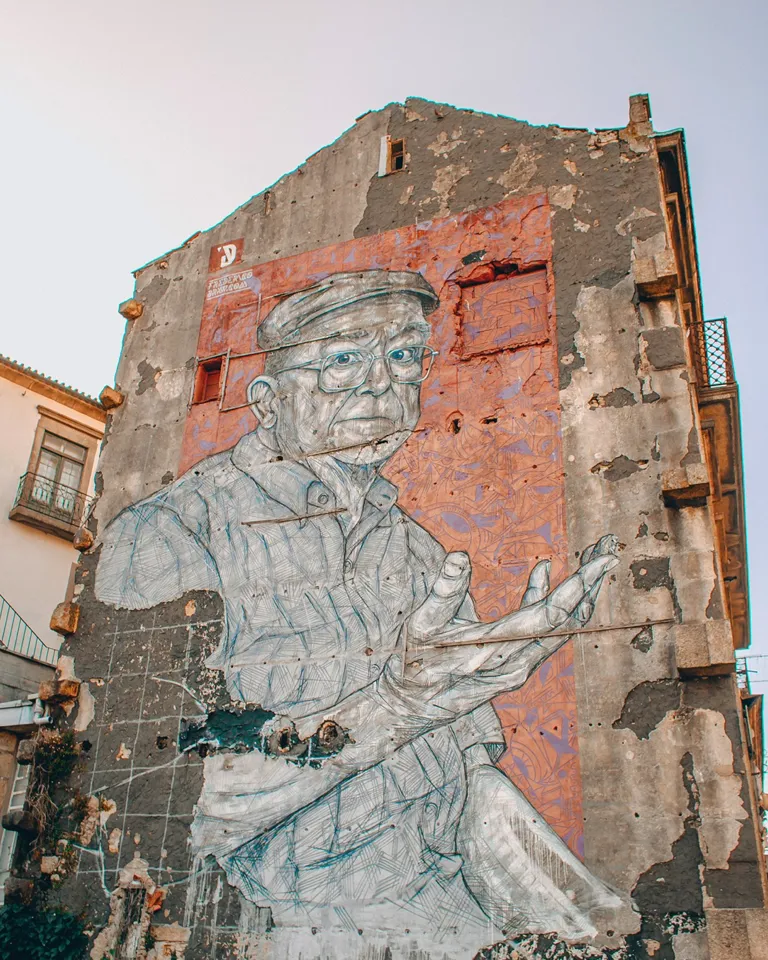
Street art In Porto
Porto has a distinctive street art style and nearly every corner has something colorful to look at. Good places to explore street art include Rua das Flores, Rua de Miguel Bombarda, Rue da Madeira, and the steps of Escadas do Codecal leading down to the riverbank. The style, which favors cartoon-like characters executed in a Pop Art palette of bright primary colors, is the perfect activity to go down the proverbial rabbit hole.
Words Vidula Kotian Date 24 Jan, 2023
Images Ricardo Lopes, Alexandra Bruns, Stephanie Füssenich, Sanda Vuckovic
Audio Alisa Edlander

The Originals Isabel Costa & João Tomás

The Originals Paulo Barradas Rebelo & Ana Isabel Rebelo
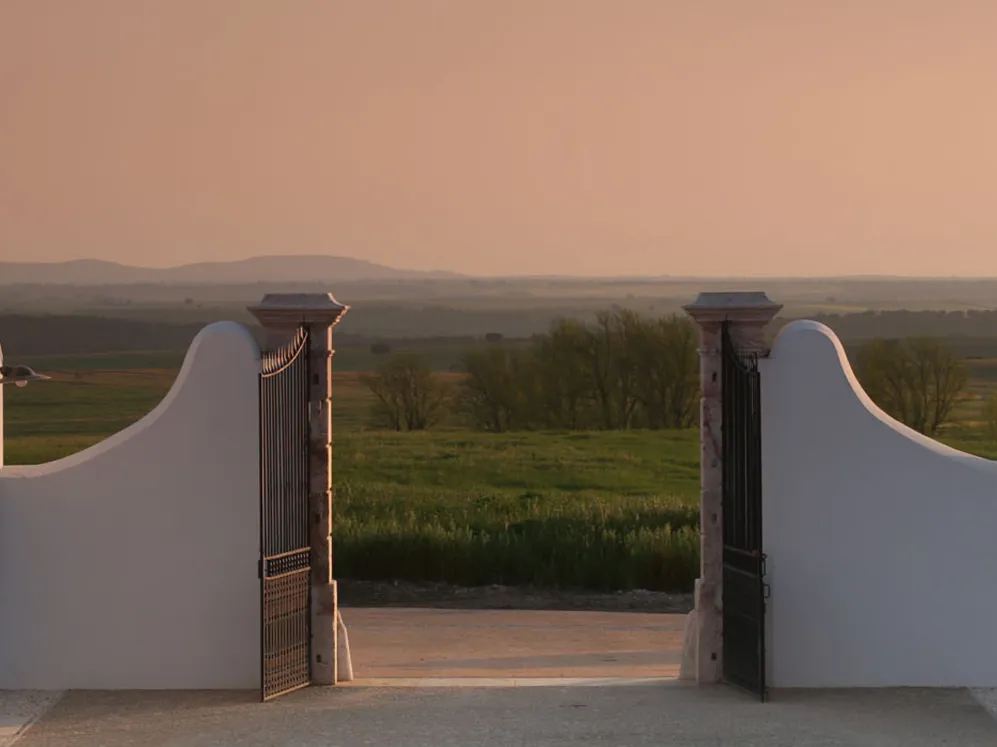
Destinations
What is biodynamic wine? In short, vines that are farmed and wine that is made with low intervention and minimal additions or chemicals, allowing natural processes to do the heavy lifting. It’s funky, diverse and more often than not, delicious.
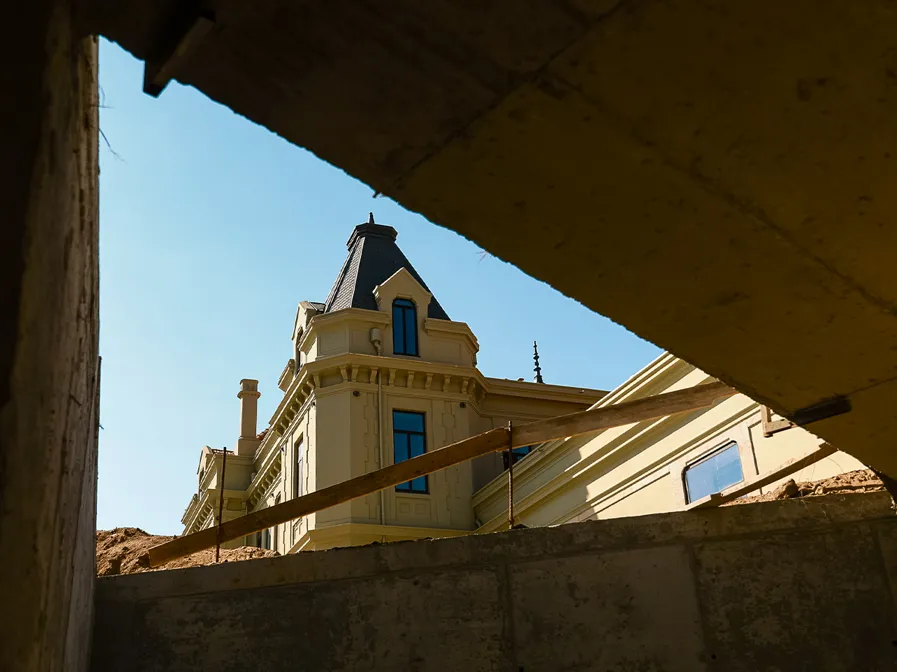
Design
Step through the palatial doors of Vila Foz Hotel & Spa, opening this March in Porto, and you’ll come face to face with two distinct aesthetics.
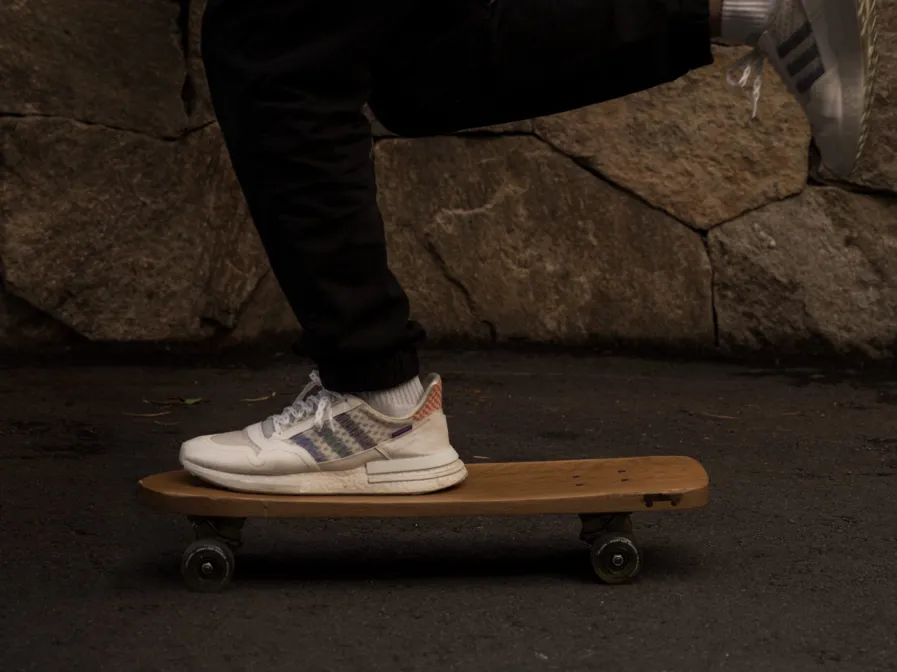
Destinations
What gives you a feeling of belonging? At a time when we need a strong sense of togetherness to get us through this unprecedented period, we decided to look to our hotels and the Originals behind them to get inspired by the ways in which they support and are a part of their local circles. More than just brick-and-mortar spaces, these hotels are an intrinsic part of their social environment and act as beacons for the way forward.
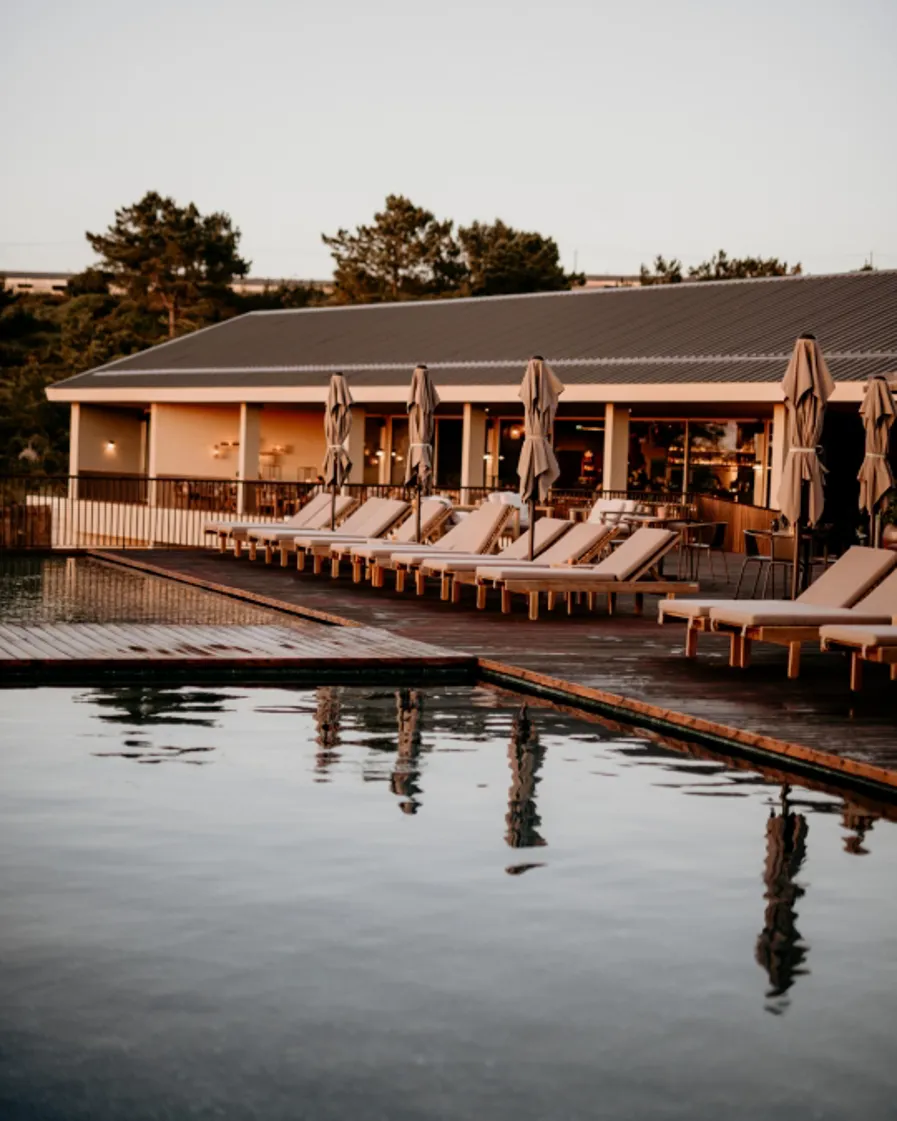
Destinations
Long known as a world-class surf destination, Ericeira is attracting a new breed of traveler—one who loves nature, connection, quality, and good food—and they have just the place to gather, Immerso.

Originals
Over the years, we’ve learned that our Originals are individuals who push the very boundaries of hospitality. And they don’t fit neatly into any one category—just like their hotels.